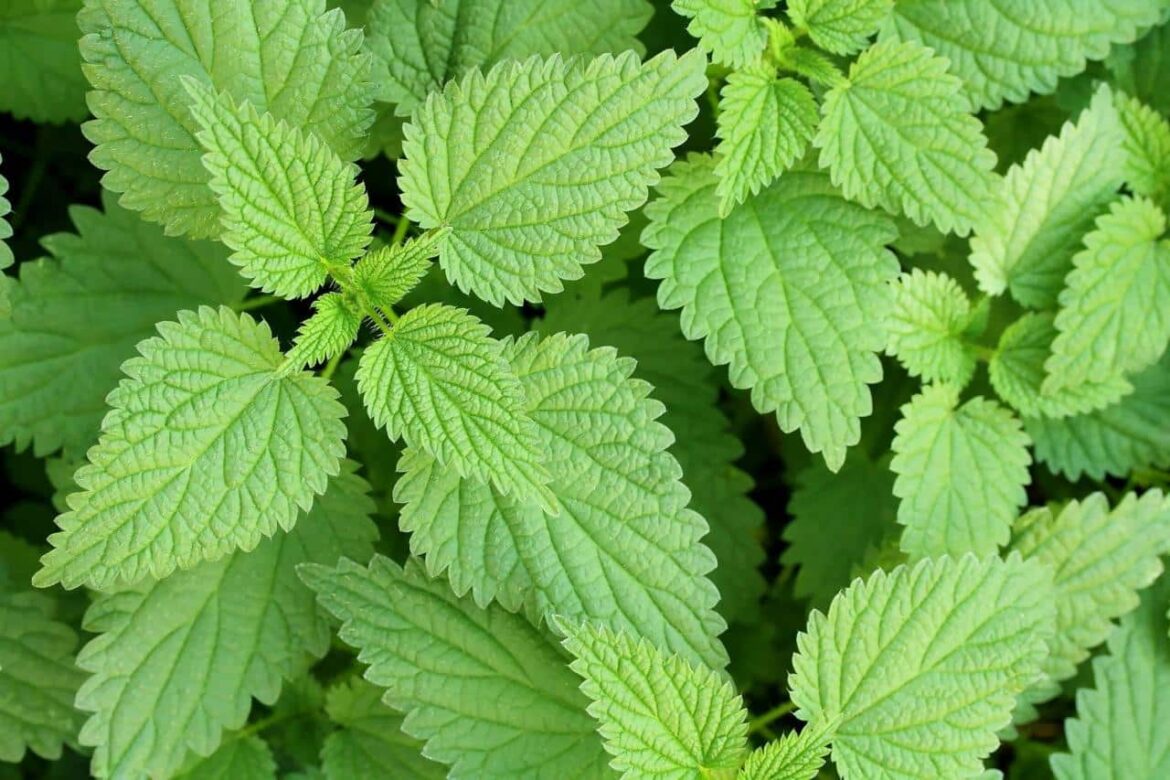1.5K
You can easily take up the fight against aphids with a treatment of nettles. The ‘poison’ of the plant is so strong that it kills the aphids. But the nettle can also be used for fertilising.
This is how stinging nettle works against aphids
Stinging nettles with their nettle poison are a good means of fighting aphids.
- With the help of a broth made from nettle leaves, aphids can be driven away in no time at all.
- For this broth, put about two handfuls of nettle leaves in a pot or bowl. Be sure to use tight gloves and cover your forearms. Otherwise, the nettles from the plant will damage your skin.
- Then pour two litres of cold water on the nettle leaves.
- Let the brew steep for twelve hours.
- In the water, the plant will release its poison into the liquid.
- Then you pour the liquid into a spray bottle and spray the aphids on the plants. Don’t forget to spray the lower side of the leaves as well.
- The stinging nettle’s nettle poison harms the aphids. These die and fall off the plant.
Stinging nettle as fertiliser
You can also use stinging nettle as fertiliser in the form of a liquid manure. However, it takes several weeks to produce this natural fertiliser.
- Place freshly cut nettle leaves in a bucket or similar sized container. Fill it 75 percent full with water, preferably from the rain barrel
- Then place the mixture in the sun. Stir the slurry a little every day.
- The liquid will stink and foam after a few days, then fermentation will begin. You can get rid of the unpleasant smell by adding some stone meal.
- The fermentation is finished after about one and a half to three weeks. You will recognise this by the fact that the water is dark and no longer foams. Then close the container with a lid.
- The nettle liquid manure supports the growth of your garden plants.

